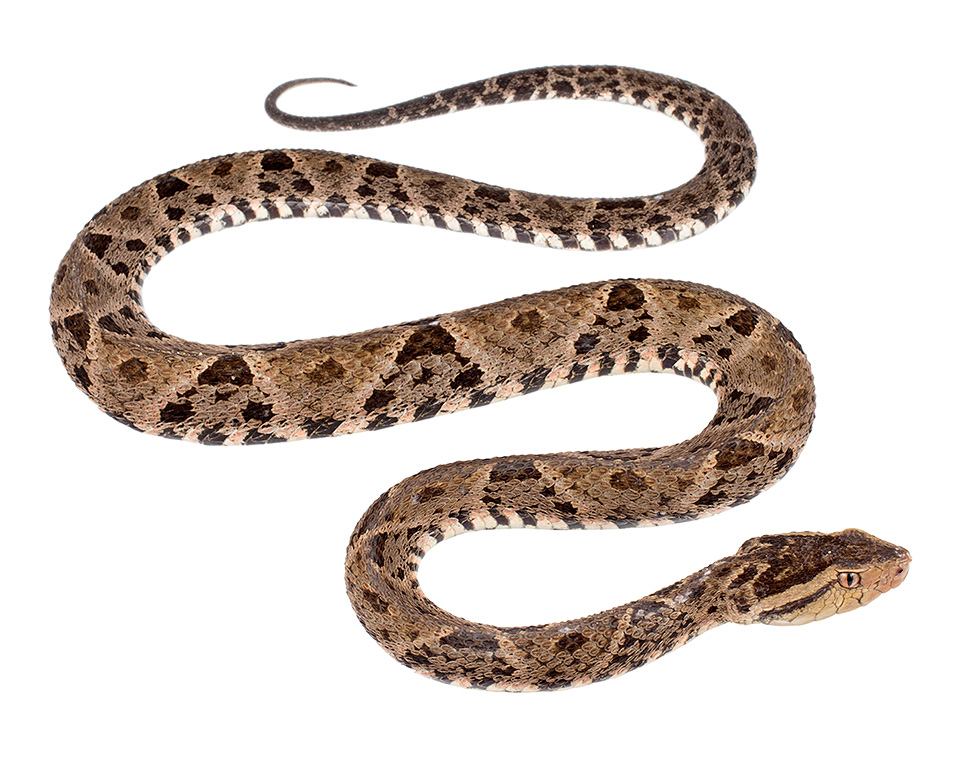
Photos of the FerdeLance (Bothrops asper)
The Terciopelo ( Bothrops asper; Central America)and Fer-de-Lance ( Bothrops atrox; South America) are closely related pit vipers in the family Crotalidae. They reach up to eight feet (2.5 m), with heads up to four inches (10 cm) wide. These snakes are greatly feared and have many common names. Barba Amarilla (yellow beard) is what larger.

Serpiente Bothrops asper
We report the comparative proteomic characterization of the venoms of adult and newborn specimens of the lancehead pitviper Bothrops asper from two geographically isolated populations from the Caribbean and the Pacific versants of Costa Rica. The crude venoms were fractionated by reverse-phase HPLC,.

Bothrops asper The Lance Head Viper. The Ultimate Pit Viper, An Exceedingly Venomous Snake
The Terciopelo, or Bothrops asper, is a robust and powerful snake, renowned for its size and potent venom. Adults typically reach lengths of 1.2 to 2.5 meters (4 to 8.2 feet), making them one of the largest pit vipers. They can weigh up to 6 kilograms (13 lbs), which is substantial for a snake. Their coloration is generally light to dark brown.
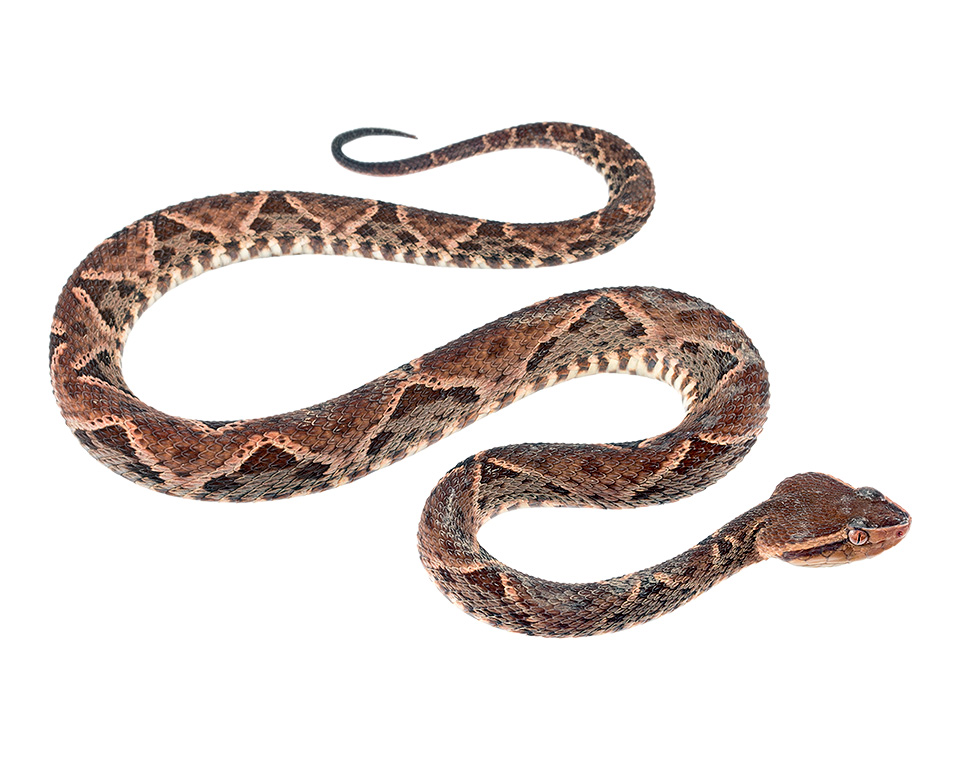
Photos of the FerdeLance (Bothrops asper)
This snake is extremely unpredictable and extremely fast moving. This snake will sometimes flee quickly and then suddenly turn around and even more quickly, strike the unsuspecting and unfortunate person involved.
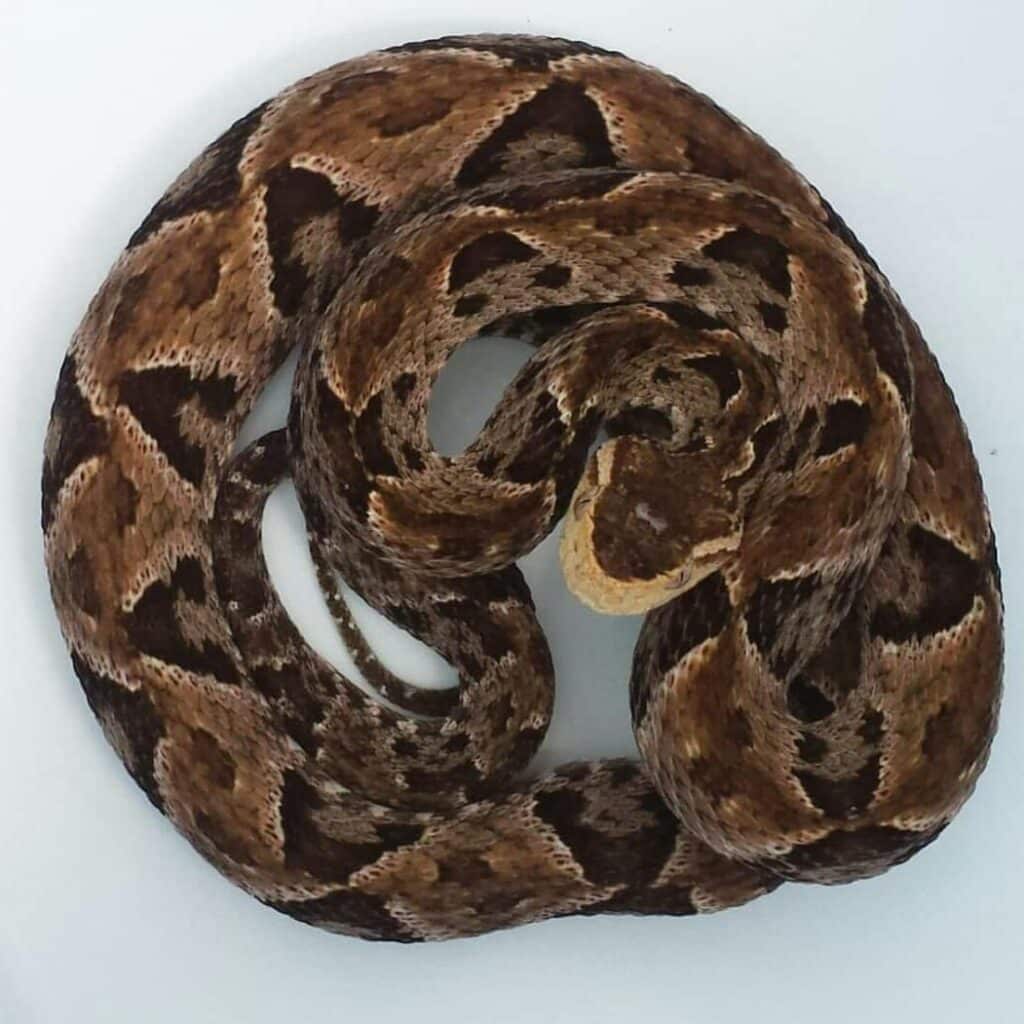
Bothrops Asper Learn About Nature
The bothrops asper is one of the most dangerous snakes in the Americas. In this post, you'll learn about these short-tempered and highly poisonous fer de lance, terciopelo vipers. We'll cover their diet, size, habits, differences, and more. Plus, their unusual hunting method, heat-sensing abilities, and reproduction.
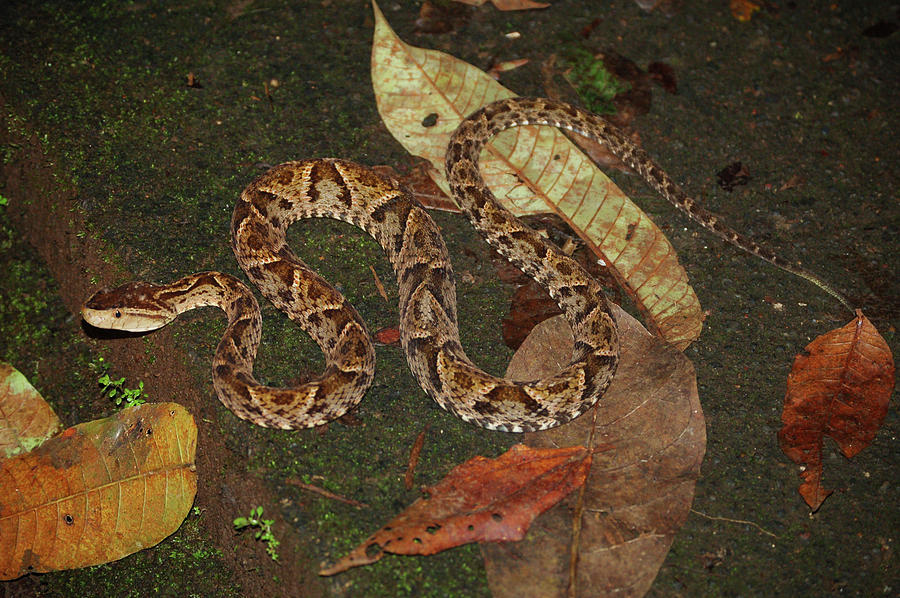
Ferdelance, Bothrops asper Photograph by Breck Bartholomew Pixels
Order: Squamata Suborder: Serpentes Family: Viperidae Subfamily: Crotalinae Genus: Bothrops Species: B. asper Quick Facts: The title "Fer-de-Lance" originally referred to the Martinique lancehead ( Bothrops lanceolatus) found on the island of the same name in the West Indies.

Fer de Lance Snake (Bothrops asper) young snake curled up on forest floor amongst leaf litter
Bothrops asper is found on the Pacfic coastal plains and Andes Pacific versant from Columbia to as far south as the border of Peru and Ecuador. These snakes are also found in Northern Peru near the Pacific coast.

Mapapire Balsain (Bothrops asper) a photo on Flickriver
Characteristics of Bothrops asper. The species presents a marked sexual dimorphism. The female is longer, thicker and heavier than the male. The female reaches a length of 1.85 to 2.5 m, and weighs about 6 kg. The male, on the other hand, is smaller, measuring between 1.4 and 1.80 m, and less heavy. The head of the fer-de-lance is very defined.

Fer de Lance Snake (Bothrops asper) young snake curled up on forest floor, amongst leaf litter
Bothrops is a genus of highly venomous pit vipers endemic to the Neotropics. [1] The generic name, Bothrops, is derived from the Greek words βόθρος, bothros, meaning "pit", and ώπς, ops, meaning "eye" or "face", together an allusion to the heat-sensitive loreal pit organs.

Terciopelo (Bothrops Asper) Royalty Free Stock Photo Image 32271885
It is not afraid of human dwelling areas. When it feels agitated, the fer-de-lance may vibrate its tail—the buzz is audible—before striking. It moves quickly when threatened. Other large vipers are more inclined to escape when they feel attacked, but the terciopelo is more likely to strike.

Ferdelance, Bothrops asper Photograph by Breck Bartholomew Fine Art America
Bothrops asper is a highly venomous pit viper species ranging from southern Mexico to northern South America. Sometimes referred to as the 'ultimate pit viper', these snakes are found in a wide range of lowland habitats, often near human habitations.

40 Bothrops Asper Facts Guide to Fer de Lance (Terciopelo Viper) Ecuador animals, Animal
Bothrops atrox is the most important cause of snakebite mortality in the Amazon. 39, 46 - 48 It causes 36.5-99% of snakebites throughout its range, 39 probably because snakes of this species are perfectly camouflaged, abundant in agricultural areas, have a high venom yield (up to 342 mg of venom per bite) and toxicity, 35, 36, 49 and have an agg.

Bothrops asper (Terciopelo closeup) Close up, Snake, Animals
Photobiomodulation Therapy to Treat Snakebites Caused by Bothrops atrox: A Randomized Clinical Trial | Dermatology | JAMA Internal Medicine | JAMA Network . 2020;7:100043. doi: . 2009;3 (12):e569. doi: . 2015;1 (8):e1500249. doi: Gutiérrez JM, Calvete JJ, Habib AG, Harrison RA, Williams DJ, Warrell DA.
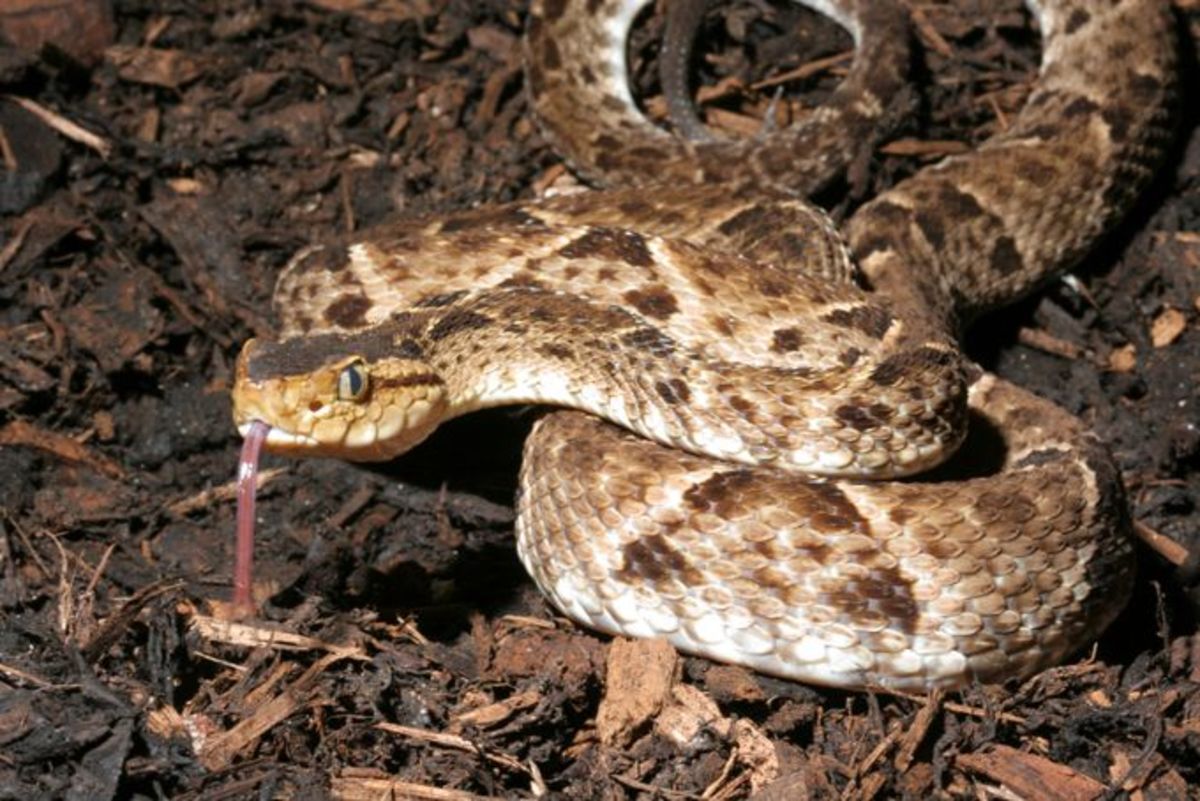
Bothrops asper The Lance Head Viper. The Ultimate Pit Viper, An Exceedingly Venomous Snake
Fernández, J. et al. Muscle phospholipid hydrolysis by Bothrops asper Asp49 and Lys49 phospholipase A2 myotoxins — distinct mechanisms of action. FEBS J. 280 , 3878-3886 (2013).
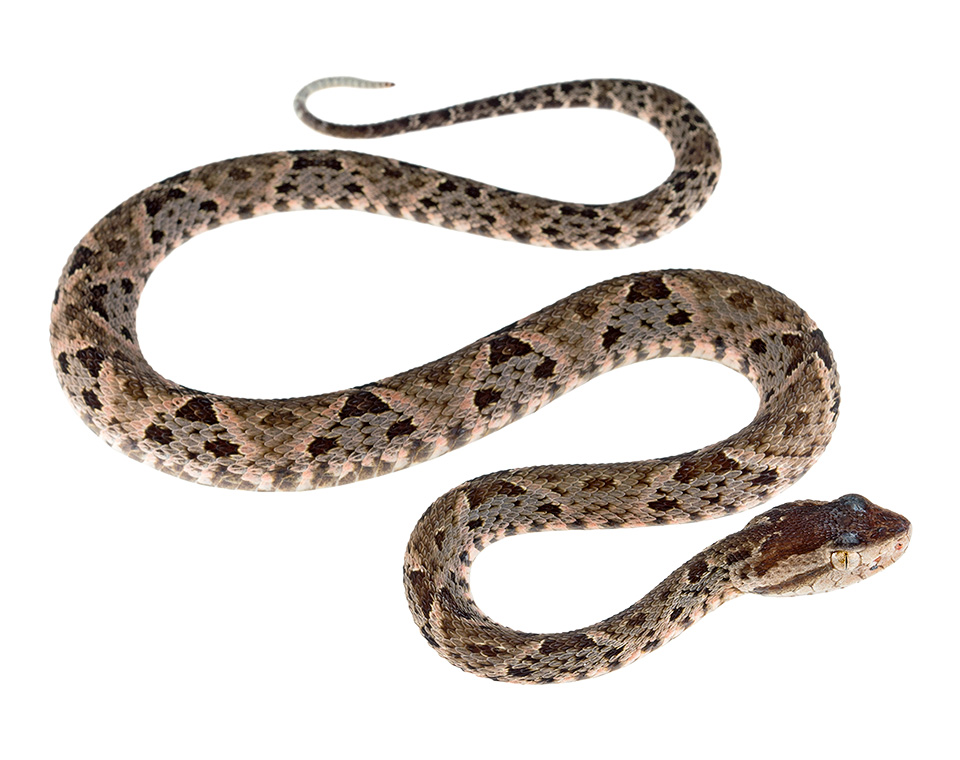
Photos of the FerdeLance (Bothrops asper)
The fer-de-lance ( Bothrops asper) is a highly venomous pit viper species found from southern Mexico to northern South America. It is the most dangerous snake of Central and South America and is the main cause of fatal snakebite incidents within its range.
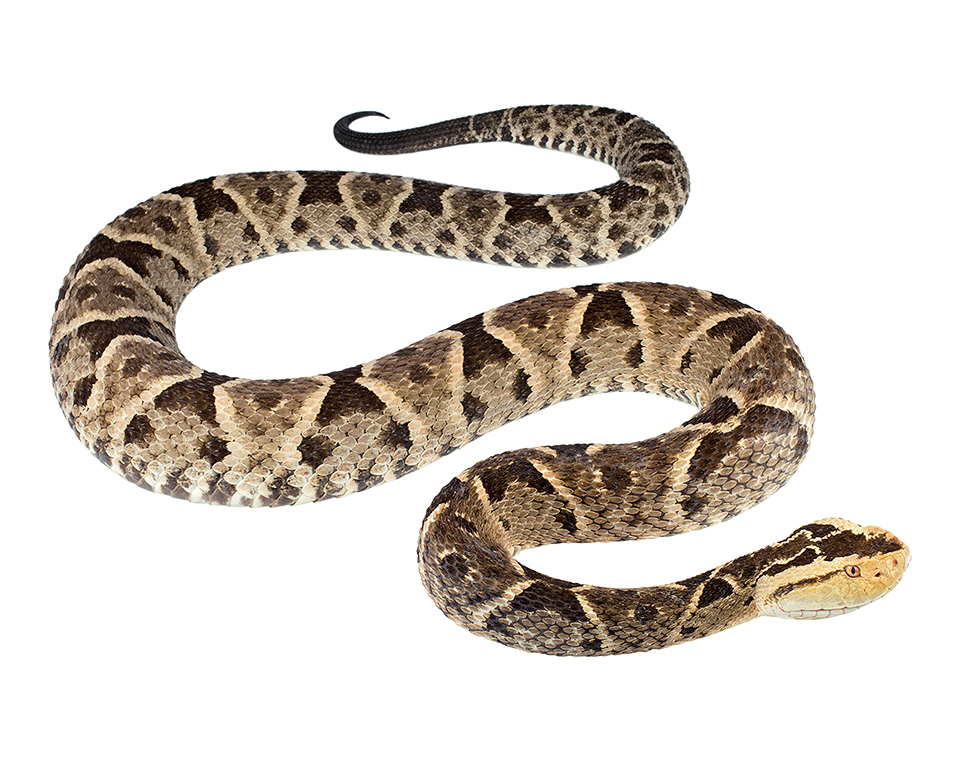
Photos of the FerdeLance (Bothrops asper)
The fer-de-lance, known in Spanish as barba amarilla ("yellow chin"), is a pit viper (subfamily Crotalinae)—i.e., distinguished by a small sensory pit between each eye and nostril. It has a broad triangular head and is usually about 1.2 to 2 metres (4 to 7 feet) long.